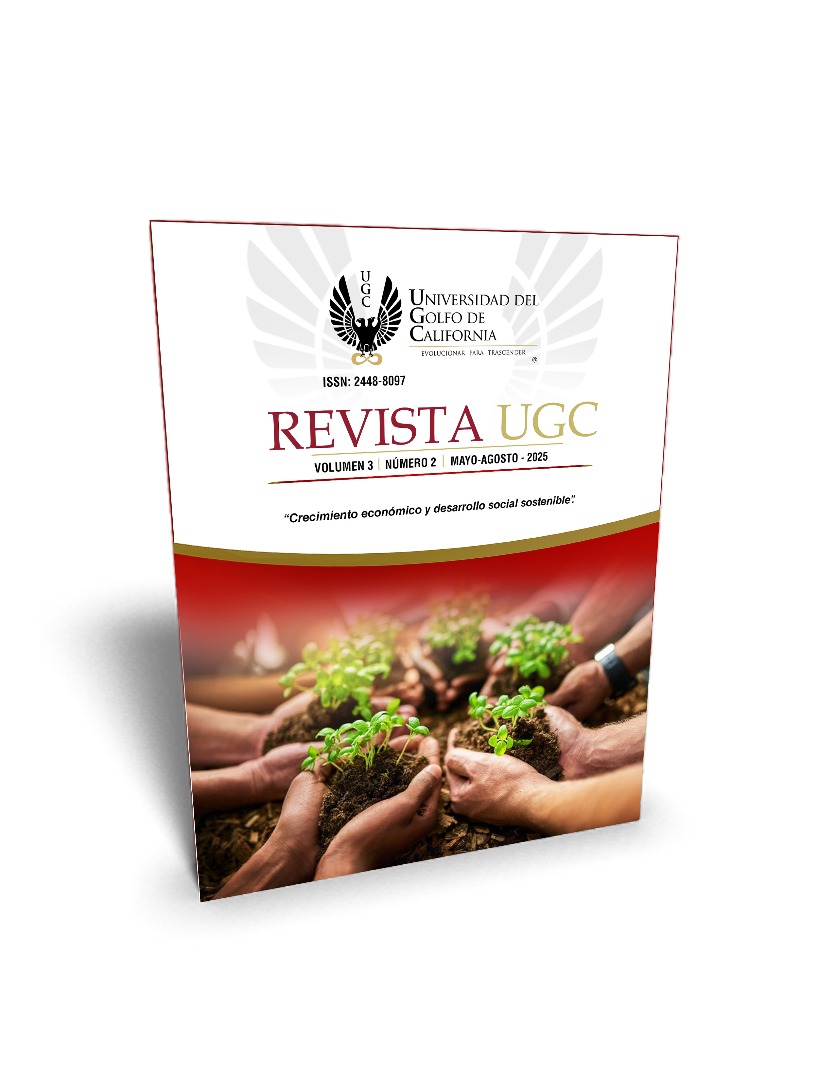Economic development as a factor of socio-spatial transformation in the city of Cuenca in the 1970s
Keywords:
Protectionist policies, economic growth, selective planning, urban growth, socio-spatial inequalitiesAbstract
The discussion about the limits of the development model enforced in the seventies in the country and specifically in the city of Cuenca, reveal a series of social and spatial changes that were at the time encouraged by the intervention of the State and protected by the supranational guidelines, through the enforcement of policies, which acquired meaning in a new way of relating and interpreting the social in the city. Under this initial consideration, the reflective core of this study identifies the relationship between institutional intervention processes and the scope of planning as a tool to regulate social and spatial asymmetries, at a local scale at. Having as an initial hypothesis, that the structural imbalances are pronounced in as much and as far as, the factors socio-geographics and space variation operate in different scopes and levels; a condition that determines the heterogeneous character of the city in its social configuration.
Downloads
References
Acosta, A. (2006). Breve historia Económica del Ecuador. Corporación Editora Nacional.
Balarezo, S. (1984). Tejedoras de paja toquilla y reproducción campesina en Caña. Editado por Centro de Planificación y Estudios Sociales. Universidad Andina Simón Bolívar.
Banco Central del Ecuador. (2017). Noventa años de información estadística (serie 1927-2007). https://contenido.bce.fin.ec/documentos/informacioneconomica/PublicacionesGenerales/ix_InformacionEstadistica.html
Banco Central del Ecuador. (2018). Consolidación de Ingresos y egresos del Gobierno Central del Ecuador 1970-1980. https://contenido.bce.fin.ec/documentos/PublicacionesNotas/Catalogo/Anuario/80anios/Cap3-85anios.xls
Boco, A. (1987). Auge petrolero, Modernización y Subdesarrollo: El Ecuador de los años setenta. Corporación Editorial.
Carpio, J. (1987). Las etapas de crecimiento de la ciudad de Cuenca-Ecuador. En, J. Carpio, D. Carrión, N. Jácome, J. García, F. Carrión, J. Pérez Sainz, A. Rodríguez, G. Villavicencio y A. Menéndez, Antología de las Ciencias Sociales. El proceso Urbano en el Ecuador. (pp. 47-81). ILDIS.
Carvajal Aguirre, F. (2016). Estrategias de desarrollo en América Latina y sus aplicaciones en Ecuador: Del desarrollismo al pos-neoliberalismo. (Tesis Doctoral). Universidad de Alicante.
Castells, M. (2004). La cuestión Urbana. Siglo XXI.
Comisión Económica para América Latina y el Caribe . (2016). Estudio Económico de América Latina y el Caribe 2016: La Agenda 2030 para el Desarrollo Sostenible y los desafíos del financiamiento para el desarrollo. https://repositorio.cepal.org/server/api/core/bitstreams/c1976e11-2ea7-4f9a-936f-f1d65a7061c7/content
Cordero, J. (2015). Análisis de los factores que influyen el emprendimiento y la sostenibilidad de las empresas del área urbana de la ciudad de Cuenca, Ecuador. Maskana, 2(2), 27-37. https://publicaciones.ucuenca.edu.ec/ojs/index.php/maskana/article/view/381
Ecuador. Instituto Nacional de Estadísticas y Censos. (2015). Compendio Estadístico. https://www.ecuadorencifras.gob.ec/documentos/web-inec/Bibliotecas/Compendio/Compendio-2015/Compendio.pdf
Escudero, M. (2013). Diagnóstico socio-económico del tejido tradicional de paja toquilla en la regional 6. Instituto Nacional de Patrimonio Cultural.
Harvey, D. (1994). La construcción social del espacio y del tiempo: Una teoría relacional. (Ponencia). Simposio de Geografía Socioeconómica, Universidad de Nagoya, Japón.
Jara, M. (1992). Análisis de la producción industrial de la provincia del Azuay. (Tesis de maestria). Facultad Latinoamericana de Ciencias Sociales.
Jaramillo, D. (2016). Cuenca, una modernidad a contramano. Universidad Verdad, (69), 147-164. https://www.uazuay.edu.ec/sites/default/files/public/publicaciones/UV-69.pdf
Jaramillo, S. (2009). Hacia una teoría de la renta del suelo urbano. Ediciones Uniandes.
Jordán, R., Riffo, L., & Pérez, A. (2017). Desarrollo sostenible, urbanización y desigualdad en América Latina y el Caribe: dinámicas y desafíos para el cambio estructural. Dinámicas y Desafios en América Latina. https://repositorio.cepal.org/server/api/core/bitstreams/b83172de-d3d6-4e45-a4d7-e5c2adbc9ff0/content
Larrea, C., Jácome, L., & Vos, R. (1998) Políticas Macroeconómicas: distribución y pobreza en el Ecuador. En, E. Ganuza, L. Taylor y S. Morley, Politica Macroeconómica y pobreza en América Latina y el Caribe. (pp. 435-485). Mundi-Prensa.
Le Quang, M. (2016). El retorno de la política en ecuador en 2015: conflictividad socio-política y diálogo social. Revista Electrónica de Estudios Latinoamericanos,14(56), 36-48. https://www.redalyc.org/journal/4964/496454141003/html/
Municipalidad de Cuenca. (1998). Ordenanza que sanciona el Plan de Ordenamiento Territorial del Cantón Cuenca: determinaciones para el uso y ocupación del suelo urbano. https://www.cuenca.gob.ec/node/8733
Oleas, J. (2013). Ecuador 1972−1999: Del Desarrollismo Petrolero al Ajuste Neoliberal. (Tesis Doctoral). Universidad Andina Simon Bolivar.
Pauta, F. (1995). Renta del suelo y modelo de crecimiento urbano: sus impactos en las ciudades ecuatorianas. Revista Interamericana de Planificación, 28(111), 35-57.
Simmel, G. (1908). Sociología: Estudios sobre las formas de Socialización. Titivillus.
Svampa, M. (2010). Pensar el desarrollo desde América Latina. CLAES.
Velasco, F. (1979). La dependencia el imperialismo. El Conejo.
Downloads
Published
How to Cite
Issue
Section
License
Copyright (c) 2025 Luis Javier Escandón-Chica

This work is licensed under a Creative Commons Attribution-NonCommercial-ShareAlike 4.0 International License.
Authors who publish in Revista UGC agree to the following terms:
1. Copyright
Authors retain unrestricted copyright to their work. Authors grant the journal the right of first publication. To this end, they assign the journal non-exclusive exploitation rights (reproduction, distribution, public communication, and transformation). Authors may enter into additional agreements for the non-exclusive distribution of the version of the work published in the journal, provided that acknowledgment of its initial publication in this journal is given.
© The authors.
2. License
The articles are published in the journal under the Creative Commons Attribution-NonCommercial-ShareAlike 4.0 International License (CC BY-NC-SA 4.0). The terms can be found at: https://creativecommons.org/licenses/by-nc-sa/4.0/deed.en
This license allows:
- Sharing: Copying and redistributing the material in any medium or format.
- Adapting: Remixing, transforming, and building upon the material.
Under the following terms:
- Attribution: You must give appropriate credit, provide a link to the license, and indicate if any changes were made. You may do this in any reasonable manner, but not in any way that suggests the licensor endorses or sponsors your use.
- NonCommercial: You may not use the material for commercial purposes.
- ShareAlike: If you remix, transform, or build upon the material, you must distribute your creation under the same license as the original work.
There are no additional restrictions. You may not apply legal terms or technological measures that legally restrict others from doing anything the license permits.







